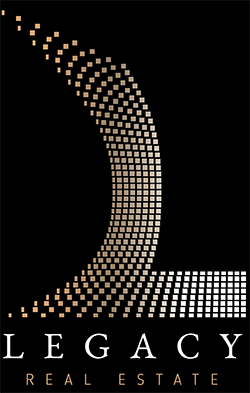

Global health, food security, and livelihood are all harmed by a lack of water, poor water quality, and inadequate sanitation.
In the United Arab Emirates, there is a 5 billion cubic metre annual water demand. Private residences, agriculture, and industries make up the three categories of water usage in the United Arab Emirates. With an average daily use of 500 litres per capita in the UAE, private households are thought to use 24% of the country's total water supply.
2/3 of all water usage in the UAE is accounted for by agriculture, although the nation has taken significant strides to decrease excessive use by implementing new irrigation methods like drip irrigation, which are more effective and use 35% less water than conventional systems. Additionally, the UAE has stopped growing crops that require a lot of water and is testing with using treated wastewater as irrigation.
Due to its location in an especially dry region of the Middle East, the UAE has a relatively limited supply of water that is renewable. The two primary kinds of water resources in the UAE are conventional (surface water and groundwater) and non-conventional (sea-desalinated water and treated wastewater). While groundwater is primarily used for agricultural production, desalinated water serves as the primary supply for drinking and municipal needs. The primary source of irrigation water for urban landscaping is treated wastewater.
The UAE also intends to lead the world in rain enhancement research and technology as part of the overall goal. The UAE Scientific Study for Rain Enhancement Science, which aims to develop the technological and scientific foundation of rain enhancement—the practise of using technology to encourage and increase rainfall—was recently launched. The initiative has received $5 million in funding annually since it began, and researchers from all over the world are becoming increasingly interested in it.
Estimates place the UAE's national sanitation services at 100 percent. A significant non-conventional and readily accessible water supply is treated wastewater. To make the most of the treated wastewater, the UAE developed its sewage networks and wastewater treatment facilities. The goal of the UAE's water security strategy is to use 95% of treated wastewater effluent (TSE) by 2036, up from 64% in 2016.
In the next 5 years, Dubai plans to build a new deep underground sewage system to replace upwards of 121 sewage pumping stations. The Jebel Ali wastewater plant will be able to service 1.35 million people after a project to enlarge it has been approved, doubling its present capability to 675,000 cubic metres per day.
In the neighbourhood of Al Sajaa, the Sharjah operates a wastewater treatment facility. The city of Sharjah will irrigate plants and green areas using the purified water. The waste treatment facility's daily capacity will increase from 30,000 cubic metres to 50,000 cubic metres.